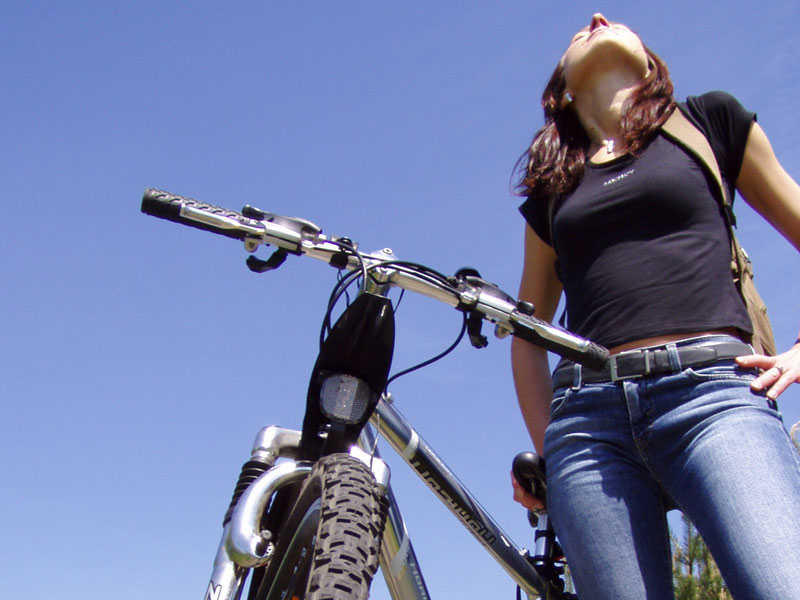Whether it’s a fall or through overuse, cyclists are not immune to musculoskeletal pain. The very nature of cycling requires individuals to be in the same position for long periods of time. This means that the smallest niggle can develop into an ache. Discomfort whilst cycling can severely limit riding performance, and more importantly enjoyment.
A recent study of World and European Tour cyclists identified anterior knee pain and low back pain as the most common complaints amongst professional cyclists. Knee pain is the leading cause of time spent away from the bike, whilst back pain affects 58% of riders (Clarsen, Krosshaug and Bahr, 2010). Early season cycling was identified as a high risk period for overuse injuries. Without adequate conditioning muscles and tendons can be easily overloaded. The spring is a crucial time to plan for the cycling season ahead. Set your sights on what you want to achieve, plan your increasing training volume and correct any grumbling aches.
Here are five of the most common complaints and potential solutions:
- Low back pain
Inadequate spinal flexibility and increased time in aero positions can cause low back pain. One simple way of preventing this is to ensure that your seat isn’t too high. A professional bike assessment can really help. Regular stretching of your thoracic and lumbar spine can lead to lasting gains in your range of motion. Trunk stability is another factor to consider. Core control allows efficient power transfer into your pedals. Unnecessary movement can result in energy loss which will ultimately limit your performance. Pilates classes and resistance training can be effective ways of improving you’re cycling endurance.
- Anterior knee pain
Muscle tightness, joint mobility, training volume, gearing, pedal position and fatigue can all significantly increase your risk of knee pain. Pre-season mileage should gradually ramp up so that your patella and quadriceps tendons are not overloaded. Lower limb conditioning can be aided by spin classes or using a turbo trainer during colder months. For more persistent knee pain a physiotherapist can help to improve soft tissue flexibility. A regular stretching plan, targeting muscles such as; quadriceps, hamstrings and gluteal muscles can aid recovery after a ride.
- Neck and shoulder pain
Commonly, bikes are setup with the handle bars too low. This forces the rider to overreach for the drop handle bars and importantly the brakes! Forcing muscles to work at end range results in early onset of fatigue and ache. More often than not, simply adjusting your saddle height and brake position can eliminate this problem. Another consideration is your readiness to ride. Here again conditioning is key, if you haven’t ridden for a few months, 3 to 4 hours spent in the saddle can lead to neck and shoulder complaints.
- Achilles tendinopathy
This usually presents with a pain at the bottom third of your calf. Depending on its irritability, this pain can last from a few hours to days. In this time your Achilles tendon may feel stiff and painful when walking. The answer to Achilles tendiopathies is not always rest. Symptoms will often return without addressing the underlying cause. Moving your cleats backwards and adjusting your saddle height can be an effective ways of reducing Achilles load. Seeing a physiotherapist can help to strengthen your gastrocnemius and soleus so that you can return to cycling.
- Fracture or dislocation
Experiencing a fracture or dislocation is a traumatic event that can take time to return from. As the shoulders and legs take the brunt of a landing they are the most frequently fractured. Knowing when and by how much to push your recovery can be aided by a physiotherapist. An experienced therapist will be able to help you from the early stages of fracture healing to high level sporting pursuits.
Your local bike shop or an experienced physiotherapist can help to advise you further.
Reference:
Clarsen. B, Krosshaug. T and Bahr. R. (2010). Overuse Injuries in Professional Road Cyclists. The American Journal of Sports Medicine. 38(12), 2494-501
